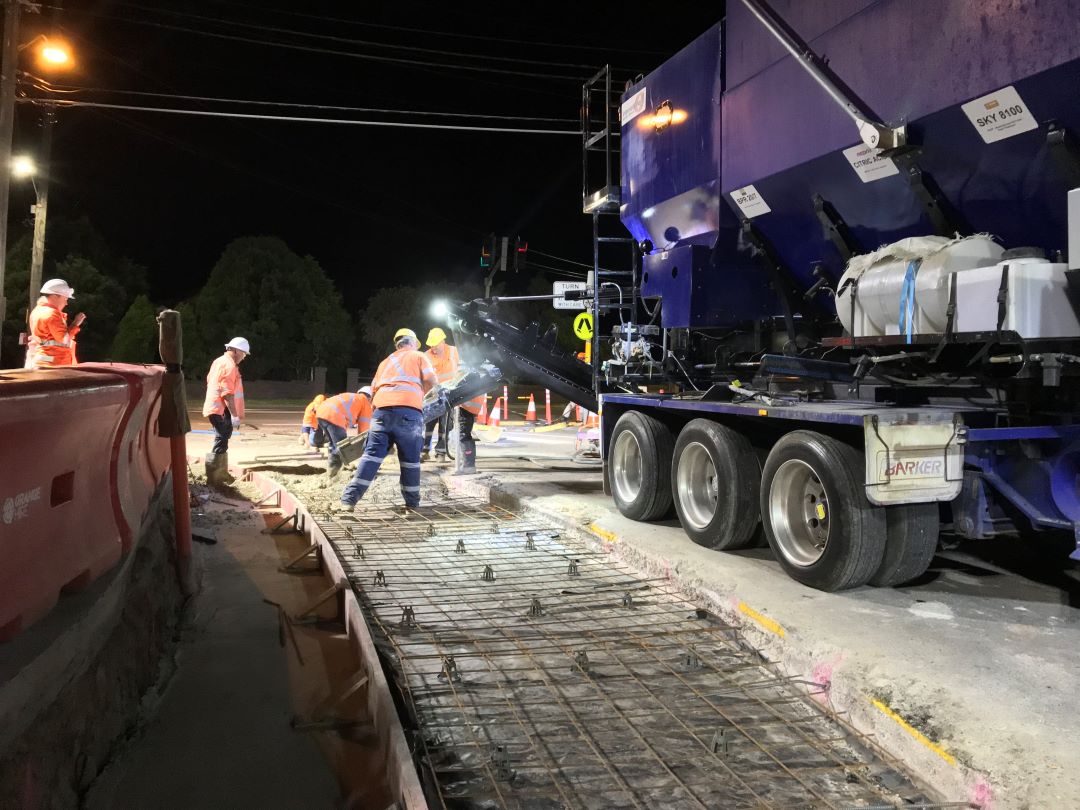Home > What Could Go Wrong?

Building the Case for Infrastructure Maintenance
As municipalities and stakeholders of all sizes move into the digitally powered Industry
4.0 revolution, only those with the proper infrastructure will be able to keep up. The
public and private sectors must both rethink the way they approach commerce to stay
competitive and keep compliant.
Furthermore, to meet the challenges of trade, business workflow, environmental
change, and new job opportunities for millions of people in the workforce,
infrastructure is unequivocally the starting point of a thriving economy.
We are expecting a spike in our population over the next two decades.
Infrastructure Australia reports —
“By 2034, Australia’s population is projected to grow by 23.7% to reach 31.4
million, adding to infrastructure demand, while existing infrastructure struggles
under maintenance backlogs and the condition of many assets is unknown.”
With this in mind, it’s crucial to grasp the vital issues that decision-makers in
infrastructure face in Australia as we move forward.
Challenges for Infrastructure Owners and
Managers
Lack of Future Maintenance Planning
The report also found that Australia suffers from “a historical underspend on
preventative maintenance, short budgetary and funding cycles, a lack of data and
incentives.”
A lack of reporting aggravates this problem, contributing to a maintenance funding
backlog across infrastructure sectors. If it continues, the quality and reliability of many
assets will erode, bringing higher costs for future asset maintenance and renewal.
In short, infrastructure maintenance is not considered with the importance that it
deserves. This could stem from the fact that infrastructure maintenance isn’t at all
attractive — architects, engineers and construction professionals see more value in
creating new infrastructure.
The problem is that these new structures become unstable and even dangerous if built
on top of unmaintained infrastructure. The more time passes, the more pressing this
problem becomes.
Old infrastructures that are being fixed now should have been rebuilt 20 years ago. Ten
years ago, it became urgent. Five years ago, it became an emergency.
In order to fix the issue, technology needs to be seen as an investment, rather than an
issue.
Considering Technology as an Expense
Infrastructure owners and managers justify overlooking infrastructure upkeep by
concluding that technology is expensive. This is not a false statement. However, the
truth is that infrastructure spending is actually spending 1x to get 10x, which is an
investment, not an expense.
To keep the necessary expense of infrastructure down, taking care of problems early is
crucial.
Relatively, in the 1980s, we had one full day to repair infrastructure. In the 1990s, we
had three-quarters of the day to repair it. In the 2000s, we had a quarter of the day to
repair it. Now, and in the last 10 years, thanks to innovative technology, we can repair it
in 4 to 5 hours.
Technology has transformed the way things can be fixed, however, not everyone is
aware of this. Therefore, most of the time, it’s easy for people to say, “We’ll deal with it
later. We’ll see about it.”
But delaying maintenance makes fixes more expensive later. Efficiently allocating
budget for maintenance is easier than budgeting for new projects, which actually saves
time and money.
So What’s Stopping Owners from Investing in
Infrastructure Maintenance?
Cost
Even though it is usually a good investment, the upfront cost of maintenance is
sometimes prohibitive. The infrastructure investors who should look at maintenance and repair costs as investments are seeing only the expense and not the savings in the
long run. Traffic control, cost of runway closure, etc. are not factored in upfront.
Investor Sentiment

“State and local government investment in maintenance is not currently optimised.”
Source: Infrastructure and Transport to 2030
Infrastructure owners and managers are not the only decision-makers in the discussion
about what to do with infrastructure. Other stakeholders of the community’s
complaints have an effect on the pain points of the sectors.
Unfortunately, the farther away these stakeholders are from the reality of
infrastructure, the less likely they are to understand the vital need for investment into
infrastructure maintenance.
Fear
Even infrastructure owners and managers who understand the value of solid
infrastructure are influenced by the short-term profit motive. Investing in infrastructure
upfront without building any new, modern structure on top of it does not bring back an
immediate return on investment.
Owners are conscious of how to report this to other stakeholders, who are unaware of
the durability that maintained infrastructure provides. They’re not sure of what they’re
going to get for paying extra, so they choose to forego upkeep entirely for projects that
have a shorter time to profit cycle.
Conclusion
The challenges in the Australian infrastructure industry need to be seen as an
investment with a very high rate of return, not an expense that never returns a profit to
investors.
Prevention is cheaper than fixing the problem later, and this will become more
apparent the longer that we wait to ensure our core infrastructure is maintained.
Australia has been the global leader in innovative infrastructure planning for 30 years.
Now, more than ever, rapid population growth, urbanisation, and technology-led
disruptions are widening the gap in infrastructure. This presents an opportunity for
infrastructure owners and managers to review their priorities to meet the demands of
the future.
To receive more leading insights into Australia’s infrastructure, subscribe to the
Antoun Blog.
About the Author
Robert Antoun is the Founder and the Managing Director at Antoun. He takes a hands-
on approach to mentoring, nurturing, and encouraging proactive leadership within the
management team.
 Call
Call